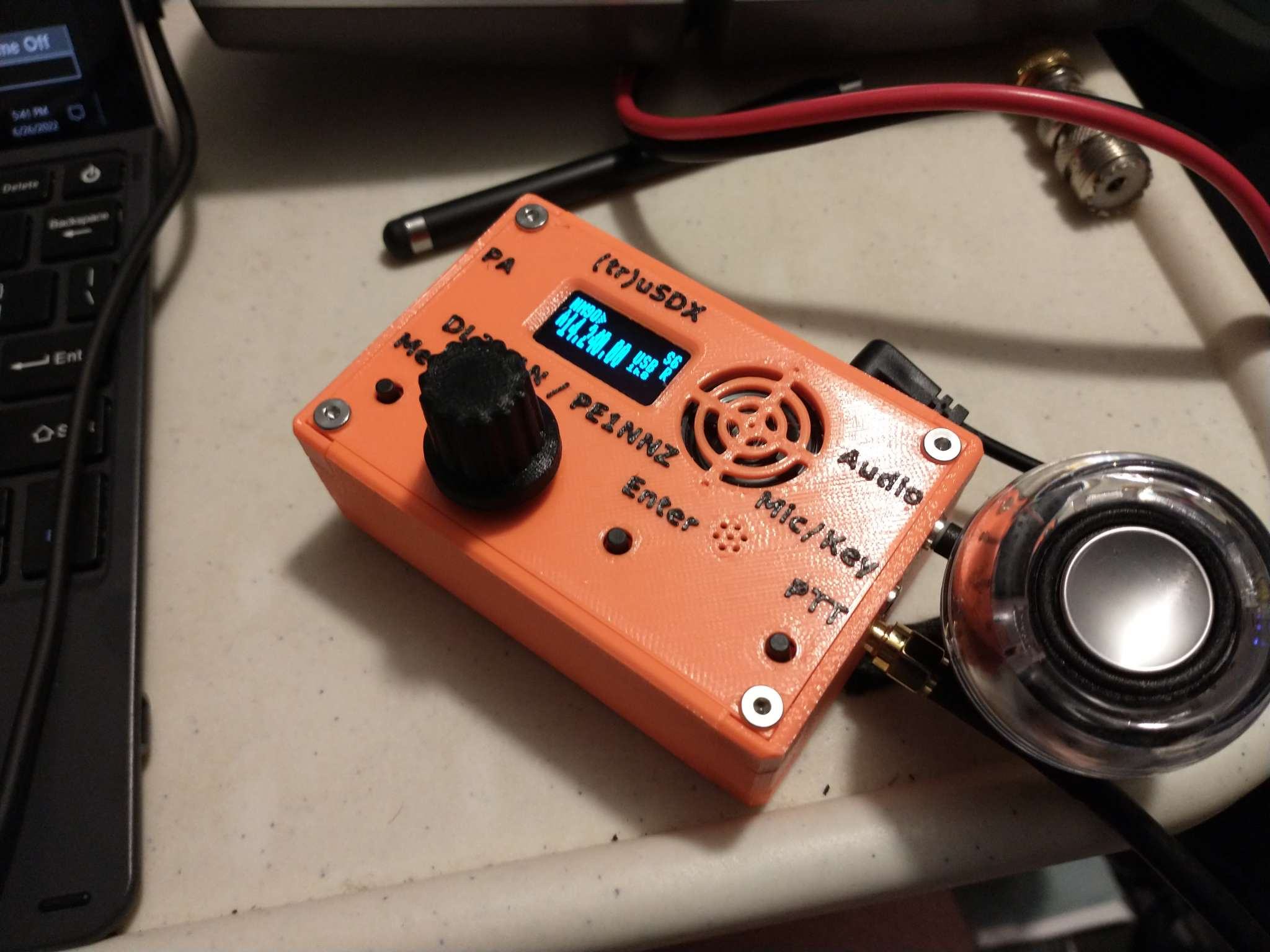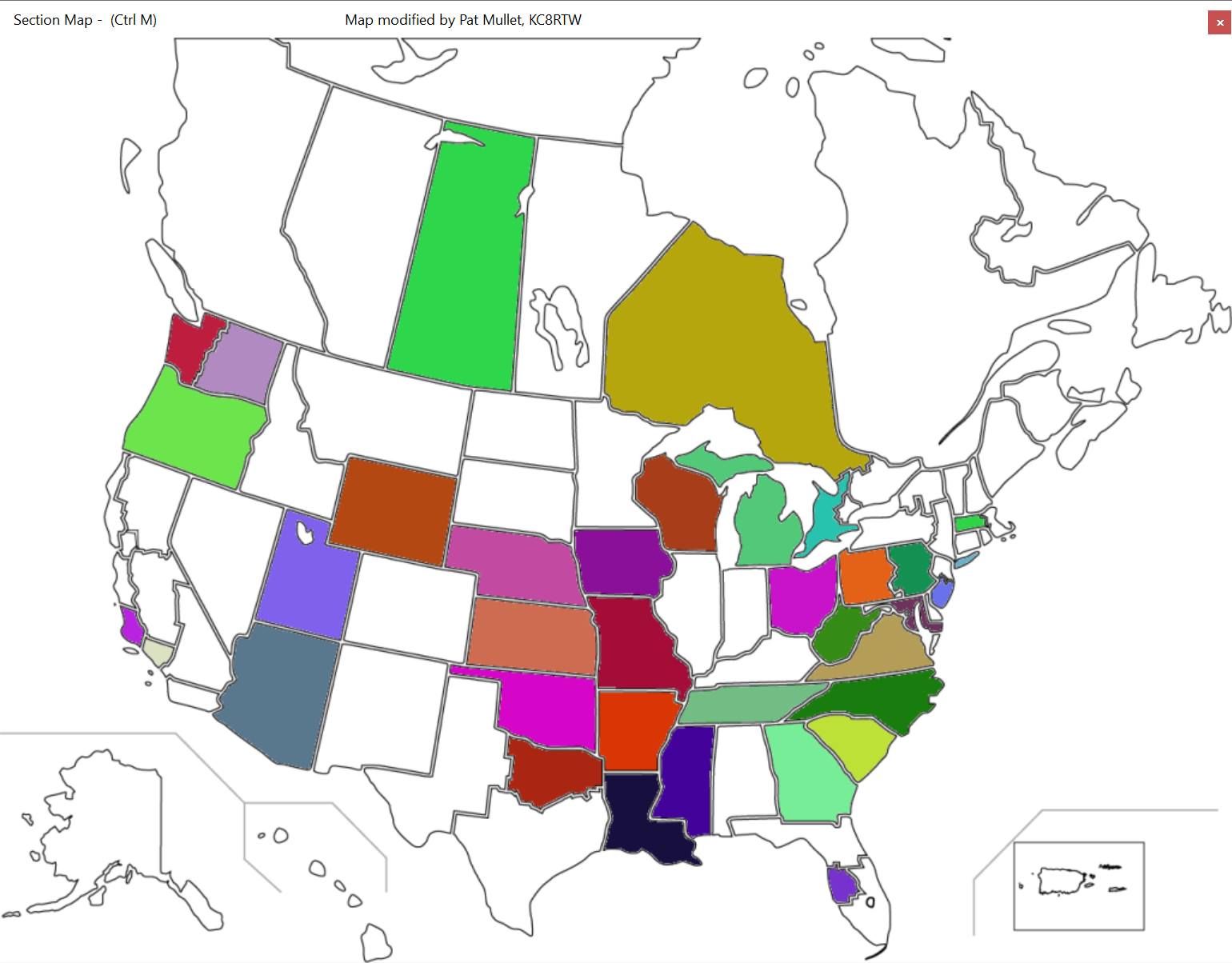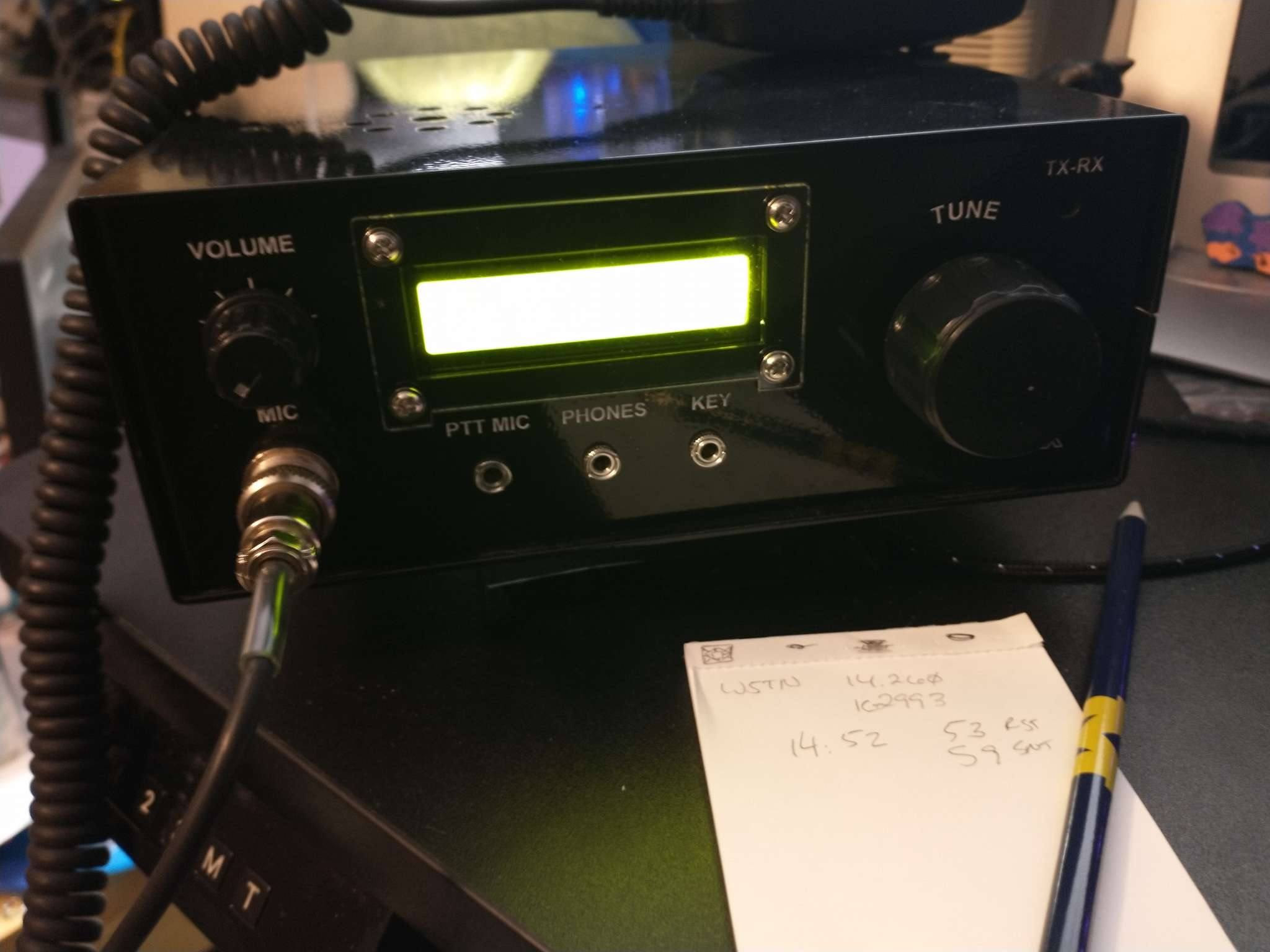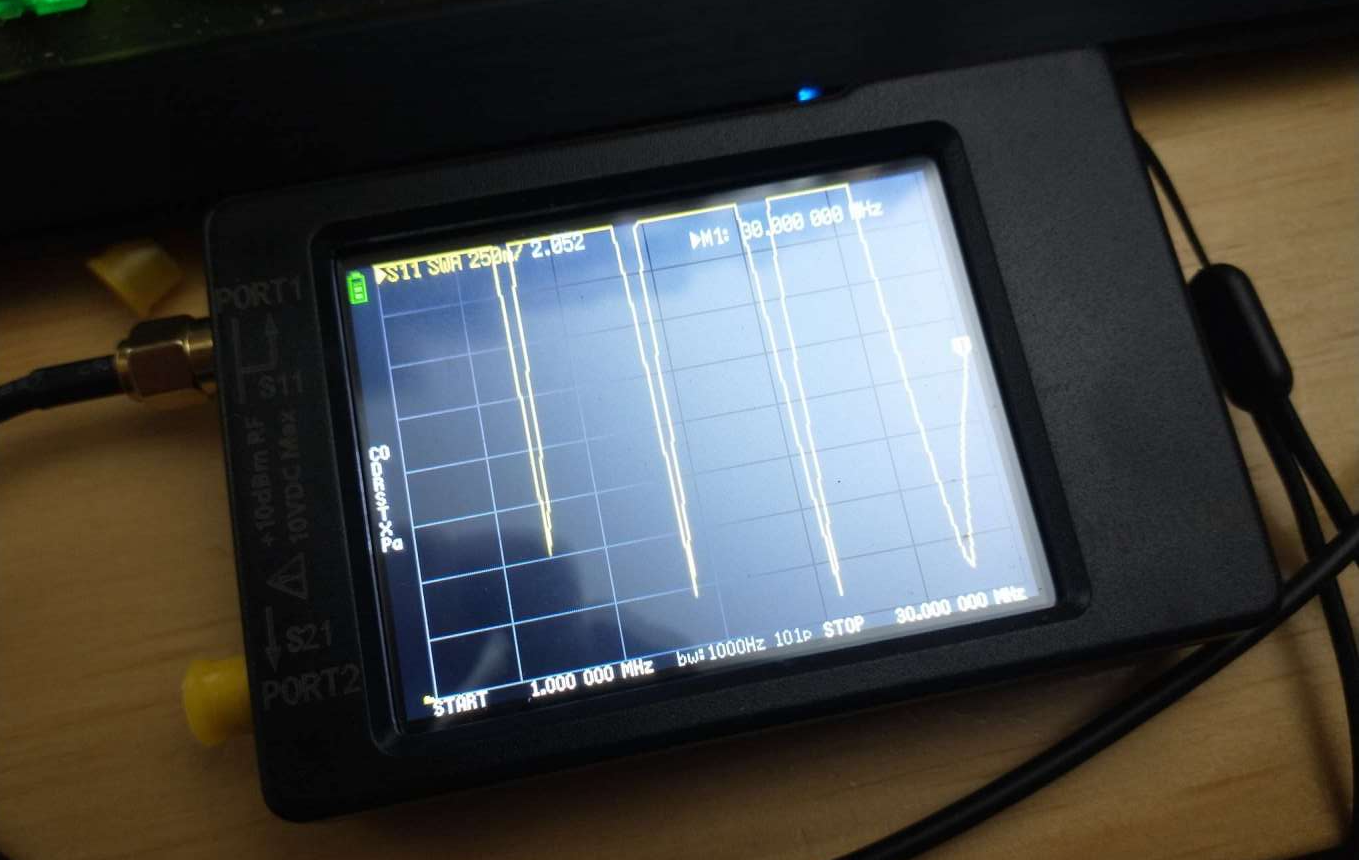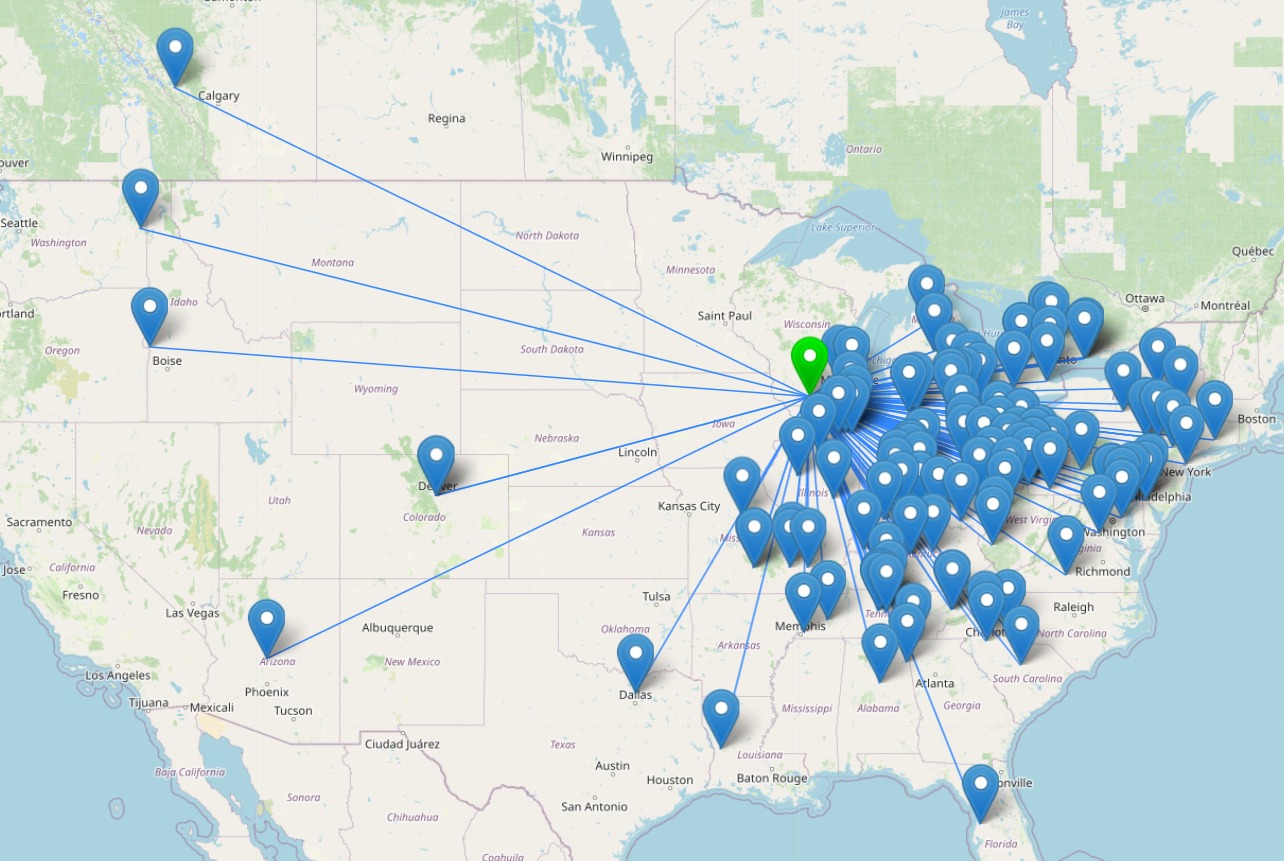I was thinking about how I want to use this site. I was wondering if I should convert to Hugo, or one of the other static generators, assuming I could keep ActivityPub functionality. But then I remembered that there is an Android app for WordPress. And someone has already built a wp to org converter, so I could pull posts back into emacs for editing and archiving.
That could be a very handy feature as I want to use this site to document ham radio activities like POTA, contests, projects, whatever. That does make me think that I should just point nm9o.com here as well, because I think I can be honest enough with myself that I probably won’t keep two sites active.
So, I guess I am saying that this is going to be an eclectic collection of things that I find interesting. Networking, emacs, Linux, BSD, ham radio, World of Warcraft, Diablo 4, python, wood working, electronics, and a bunch of other topics will all be fair game.

